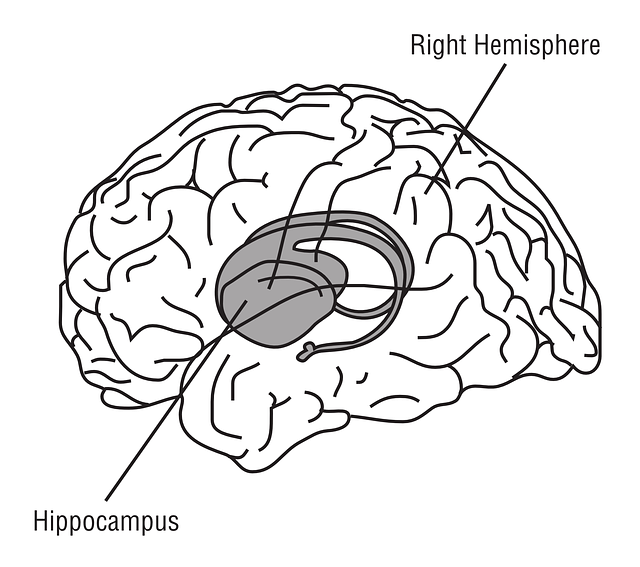Answer: Patient RB experienced an ischemic event (stroke) that destroyed his ability to form new memories.
Patient RB was a person who experienced a highly localized stroke. In a stroke, part of the brain loses blood flow, and cells often die as a result. In the case of Patient RB, a small section of his temporal lobe was affected. In particular, a section of his hippocampus, called CA1, was injured. As a result, patient RB lost the ability to form new memories (anterograde amnesia).
In the case study of Patient RB, he especially lost his declarative memories. He was not able to learn new facts. He could, however, learn the ability to perform new motor tasks.
The major input into the hippocampus is the perforant pathway, which projects into the dentate gyrus (DG), then the CA3 before entering the CA1. This projection is important for the creation of new memories.
The CA1 region receives external synaptic inputs from layer 3 of the entorhinal cortex. These cells then project to the subiculum before projecting out to the layers 4-6 of the entorhinal cortex.
In many ways, the damage to a part of his temporal lobe produced a similar set of symptoms as that of Patient HM.
The results from neuropsychological studies of Patient RB were first described in 1986 (Human amnesia and the medial temporal region: enduring memory impairment following a bilaterial lesion limited to field CA1 of the hippocampus, S. Zola-Morgan, L. R. Squire, and D. G. Amaral)
